
Betsey Stevenson
Professor of Public Policy, Professor of Economics (by courtesy)
The onset of the COVID-19 pandemic first caused mass unemployment, followed by a rapid tightening of the labor market and heightened inflation. University of Michigan researchers are tracking which populations and workers experienced the most disruption during this period of upheaval in America’s workforce. Using monthly data released by the Bureau of Labor Statistics, U-M’s Rapid Insights Jobs Report analysis provides key charts and findings that highlight new developments in the labor market.

In April, U.S. total nonfarm employment rose by 253,000 jobs, which exceeded expectations as the economy continued to expand. The unemployment rate ticked down to 3.4%, its lowest in over 50 years, according to data released May 5 by the Bureau of Labor Statistics.
The labor market analysis is conducted by Betsey Stevenson, economist at the Gerald R. Ford School of Public Policy, and Benny Docter, senior data and policy analyst at Poverty Solutions. The project is funded by the Robin Hood Foundation, with support from the Ford School and Poverty Solutions.
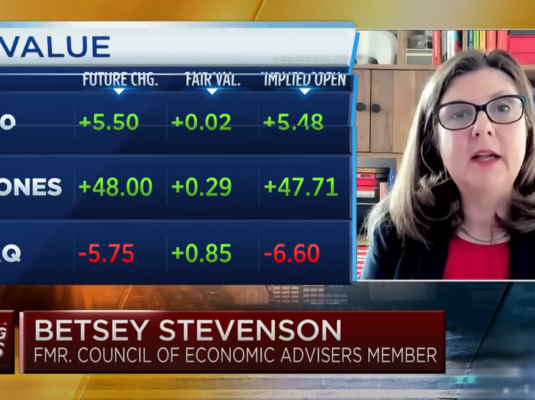
Fed needs to see people coming into the labor force, says economist Betsey Stevenson
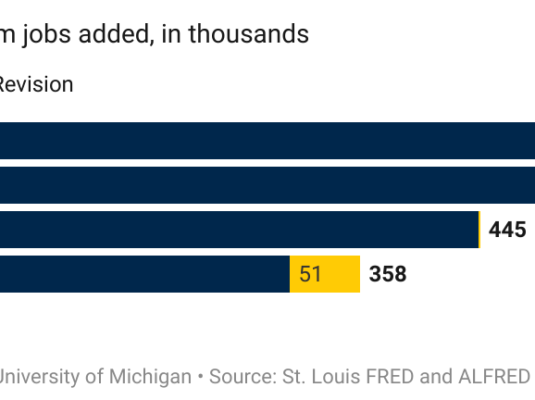
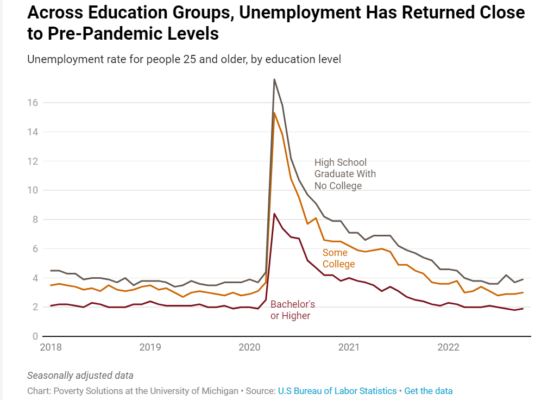
October Jobs Report: US employers are hiring briskly even in face of rate hikes
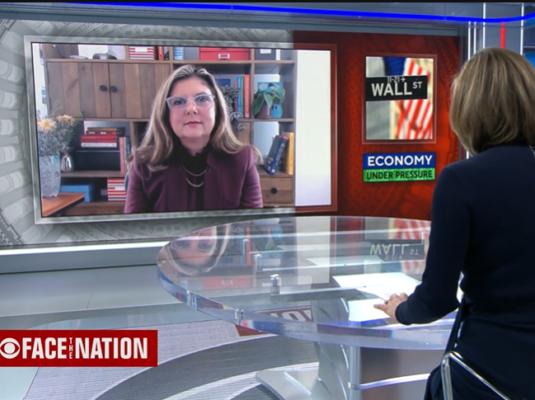
Betsey Stevenson discusses the labor market, inflation, and economic recovery on Face the Nation
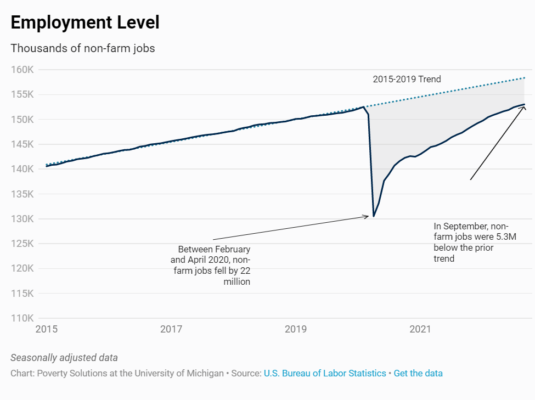
September Jobs Report: What would the job market look like if there’d been no COVID pandemic?